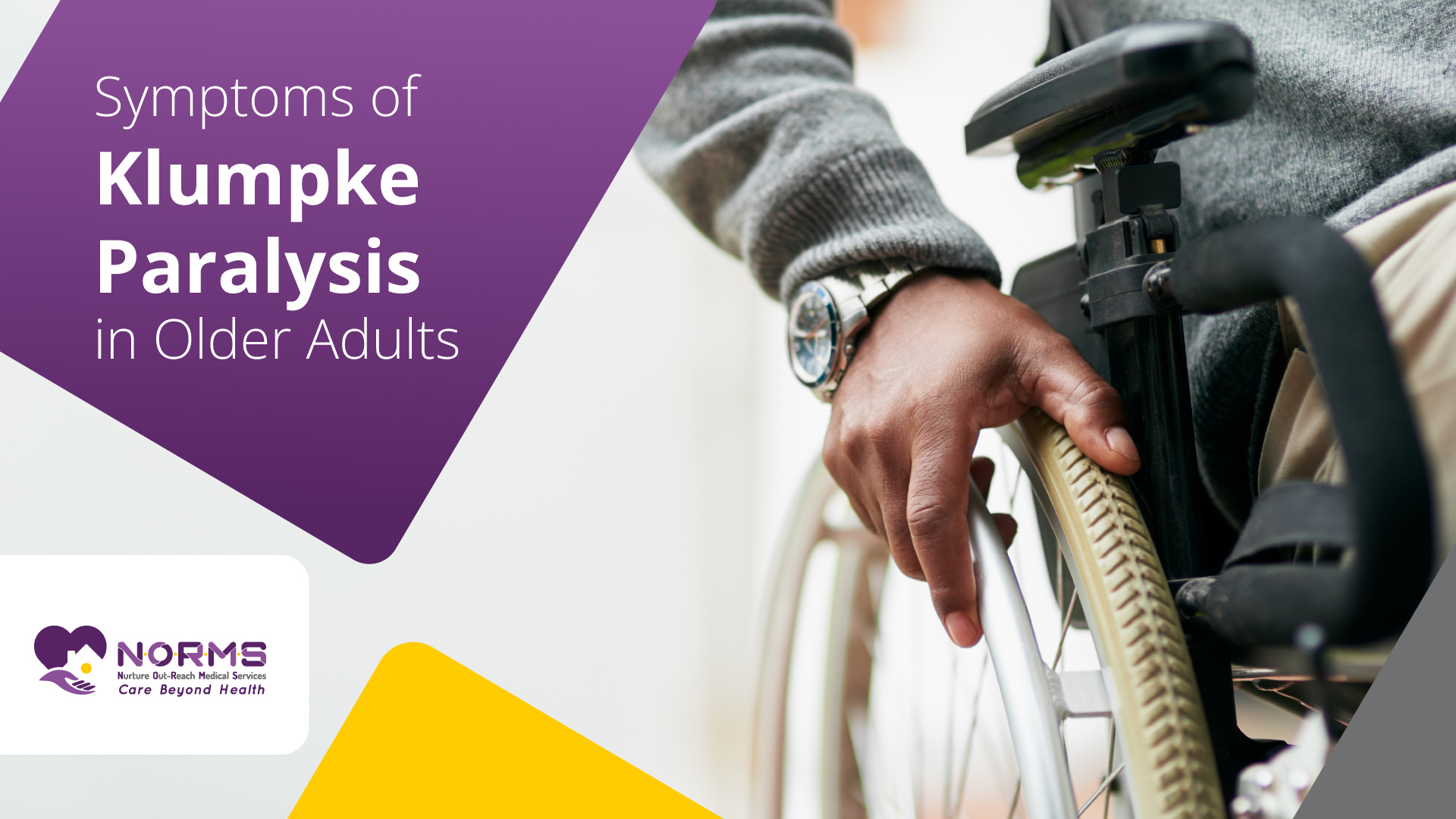
Klumpke’s Palsy, also known as Klumpke paralysis, is a type of paralysis affecting the forearm and hand muscles, caused by a brachial plexus injury. In elderly individuals, it can result from traumatic events such as falls, nerve damage, or conditions like osteoporosis. Symptoms may include weakness or paralysis in the hand and forearm, loss of sensation, and muscle atrophy. Treatment typically involves physical therapy, occupational therapy, pain management, and in some cases, surgical intervention. Early diagnosis and a comprehensive treatment plan are crucial for improving individuals’ overall quality of life with Klumpke’s Palsy.
The intensity of signs and symptoms of Klumpke’s palsy may differ; however, they primarily influence the hand and the forearm. Some of the key symptoms include:
Reduced strength of the affected muscles leads to patients’ difficulties grabbing or holding some objects. This weakness can significantly affect a person’s capability to handle tasks involving grasping or holding items.
Klumpke’s palsy may cause numbness in the affected hand or arm, making sensing touch, pain or temperature changes difficult. When a person lacks a sense, they cannot tell when danger is impending, which may lead to further injury.
Such an affected area can cause limp or flaccid muscle tone in one body part. Moreover, this decrease in muscle tone also contributes to the overall weakness and loss of motor function, which affects the hand and forearm.
Klumpke’s palsy results in disproportionate muscle strength with an adverse posture of the wrist and fingers. It may present as a “claw hand,” where fingers look like they are flexing or extending oddly. These defects may hinder the person’s ability to undertake daily work and activities.
The disability is so severe that it hampers hand functions and makes it hard for people to perform finer motor functions like writing and typing. Muscle weakness, sensory loss, and abnormal positioning often limit an individual’s capability to perform delicate activities and tasks demanding deft coordination of hands.
Patients who have suffered from Klumpke’s palsy are often prone to experiencing pain on the affected arm as well as a sensation of burning and tingling. Additionally, this pain may worsen when moving around or, in particular instances, further depreciate one’s daily activities and quality of life.
Anyone with such symptoms should visit a health facility to find an expert in evaluating, diagnosing, and treating Klumpke’s palsy.
Identifying Klumpke’s Palsy in geriatric patients must be done promptly to guide treatment. For this reason, it is essential to consider older patients’ specific needs and abilities for correct diagnostics and personalized care.
Treatment of Klumpke’s palsy in the elderly mostly addresses the cause, the symptoms and rehabilitation. The following interventions are commonly utilised:
Therefore, it is important to ensure comprehensive, tailored intervention programs for geriatric patients suffering paroxysmal dystonia secondary to Klumpke’s palsy. Successful treatment of Klumpke’s palsy requires close cooperation among healthcare professionals, caregivers, and affected individuals to achieve the best results and improve the quality of life for these individuals.
Klumpke paralysis is a condition which causes brachial plexus injury and results in muscle weakness on the forearm and hand, and it has a critical effect to older persons. It can result from trauma, compression, tumours, degenerative conditions, and neurological disorders. It is imperative to identify the symptoms like muscle weakness, numbness, decreased muscle tone, aberrant positioning, reduced hand function, and pain. A complete medical history, physical examination, neurological testing, imaging studies, and electromyography are included in diagnosing neuropathies.
Treating elders with Klumpke paralysis focuses on identifying causes, relieving symptoms, and rehabilitating. It includes medical assessment, conservative care, pain control, surgical strategies, physical therapy, assistive devices, and emotional support. The affected individuals need coordinated and comprehensive care by healthcare professionals and caregivers to offer holistic treatment and improve their quality of life.
Adult Klumpke’s palsy results from trauma during delivery, motor vehicle incidents, falling, or from tumours and osteoporotic compression syndrome among other causes.
For Klumpke’s palsy in older adults, there is medical evaluation, conservative management, pain control, surgery when necessary, rehabilitation, and emotional support aimed at improving function and quality of life.
Erb’s palsy, unlike Klumpke paralysis, involves lesioned nerves in other body parts. Damage to the upper brachial plexus causes Erb’s palsy, which causes weakness or paralysis of the shoulder and upper arm. However, damage to the lower brachial plexus, which results in weakness or paralysis of the hand and forearm muscles, is the cause of Klumpke’s palsy.